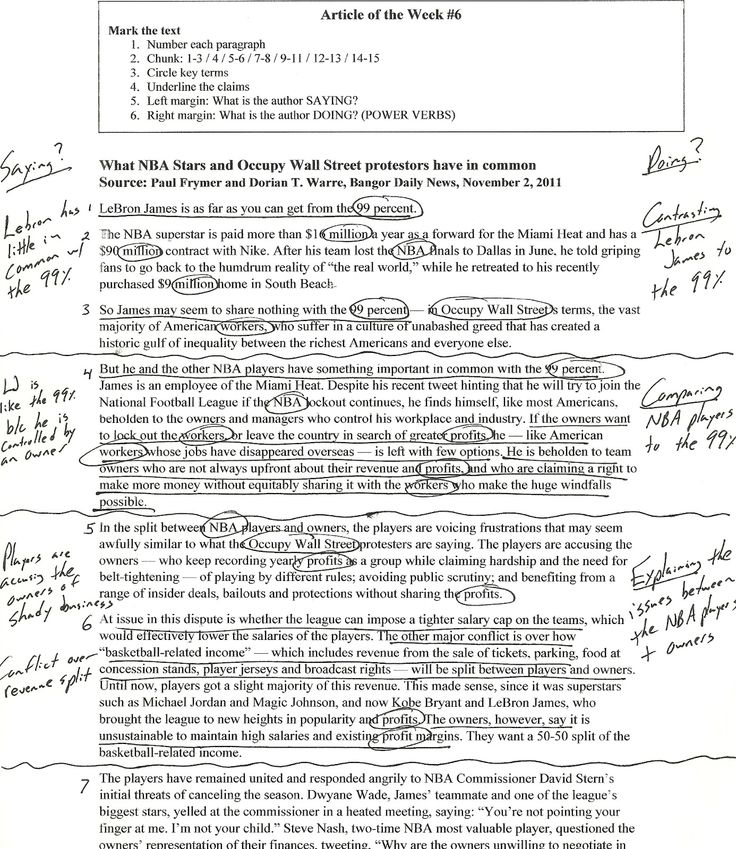Recently, I’ve seen a lot of papers where the student is asked to read an article and write an analytical paper. This is a new concept for some people, and the tendency to summarize instead of analyze is strong. Here are some key tips for analyzing an article in most subjects without falling in to the trap of summarizing instead.
1) Read through your professor’s essay prompt first before you begin writing. Keep it in mind as you read the article. Underline or circle key words. Rephrase and rewrite in your own words what it is the professor is asking you to do.
2) Read the whole article more than once. It’s surprising how often students come to me and say, “well, I haven’t quite finished reading the article, but I started writing my paper.” It is impossible to have a complete grasp of the article in question without reading the article in completion.
3) Be an active, not passive, reader. How many people simply read through an article without highlighting, underlining, making marginal notes, or otherwise engaging in the text and expect full understanding? Too many!
Your paper should bleed ink by the time you’re done reading the article (see image for an example of marginal annotations). The best strategy is not simply to highlight indiscriminately, but to take the time to write summaries, questions, and connections in the margins first. Keeping in mind your professor’s essay prompt, mark evidence that helps answer some of the questions in your assignment.
Then, you can also highlight if you find that helps you. In my own experience, I find most articles to be set up in such a way that the things I’d like to highlight (vocabulary, important dates, etc.) are already made significant in the text in some way already (by bold text, or italics, or headings, etc.).
4) Now that you’ve thoroughly marked your article, quiz yourself on the important concepts covered in it. For example, cover the article and see if you can accurately identify the author’s thesis and main points without referencing back to the article. Studies show that testing or quizzing yourself on material is far more effective than simply rereading a source.
5) Now that you’ve effectively spent time on understanding your article, you may begin thinking about writing. Don’t skimp on steps 1-4! You cannot write an effective article analysis essay without first analyzing your article!
6) Reread the assignment/prompt sheet. Begin by outlining how you will answer the questions outlined by your professor using evidence from the article as support. Identify the author’s thesis and synthesize your own wording of what it was the author was attempting to argue. Then, create your own thesis. This should argue whether or not the article was effective in proving the article’s thesis, why or why not.
7) Begin writing an introduction paragraph that includes necessary article information (author, title, subject, brief summary), and concludes with the author’s thesis and your thesis.
8) In a logical order (chronologically, thematically, other), begin presenting evidence from the original article that supports either the author’s thesis or your thesis about the effectiveness of the article.
9) Read through and remove unnecessary summary. Make sure you focus on presenting evidence (by way of quotations with correct citations) and then explain why that evidence supports your thesis. You can use signal phrases such as, “This quote shows…”, or “As evidenced by this quote…”, etc.
10) Visit your writing center to revise for clarity and coherence.


